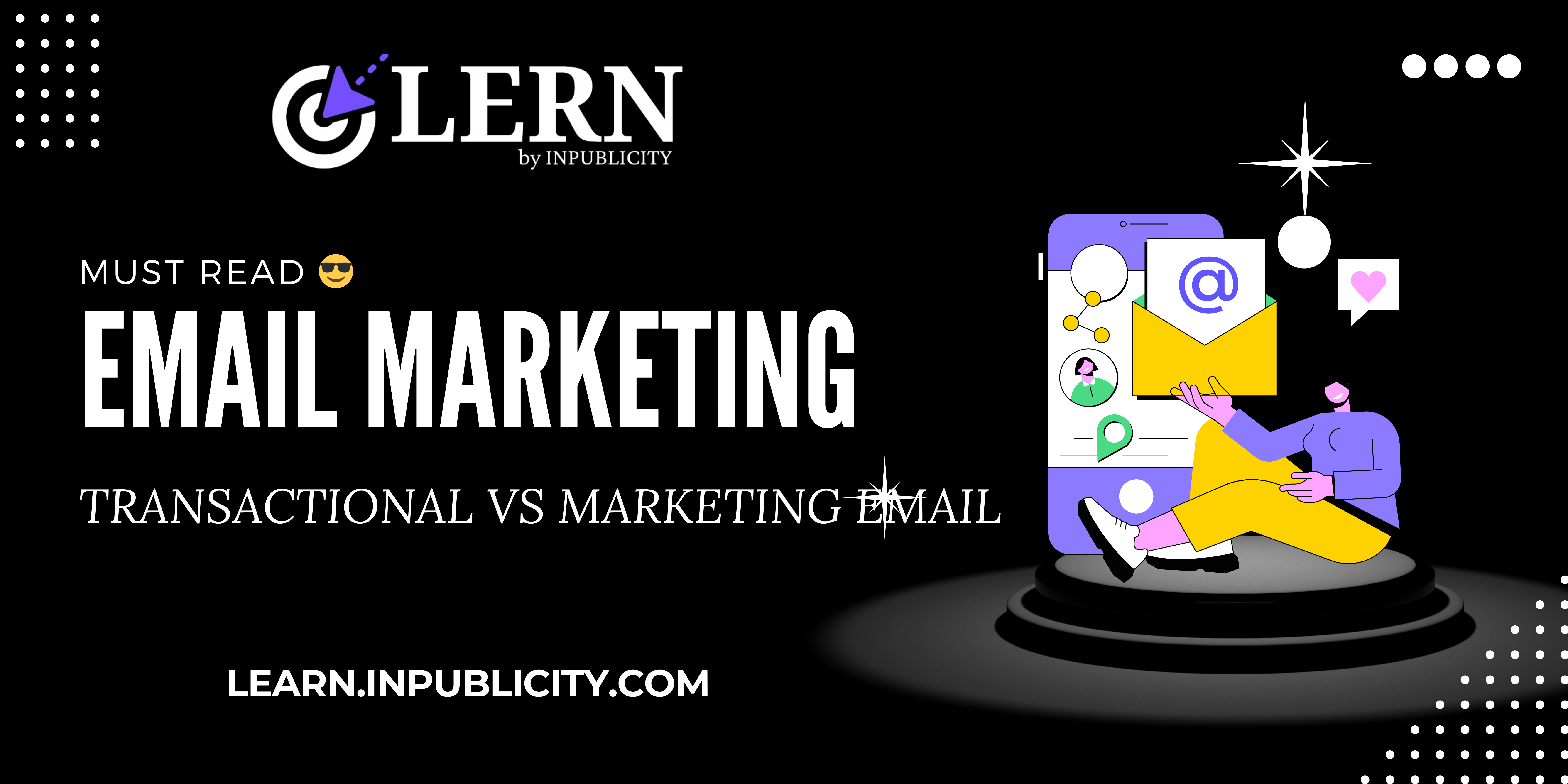The Pros and Cons of AI-Generated Content
Tue, 26 Dec 2023

Follow the stories of academics and their research expeditions

Want to boost your business? Email marketing can help you sell, tell people about your brand, and connect with customers in a personal way. Learn the tricks at Learn.inpublicity.com!
Sending emails to tell people about your business and products is called email marketing. It's a way to reach customers directly, sell things, and get them to know and like your brand. Think of it like writing a special message for a group of people who might be interested in what you offer.
Think of it like this: you send emails, and you can see how many people open them, click on the links, and even buy something! You can also see how long they spend on your website and what they look at there. All this info helps you make better emails and sell more stuff.
This data is like a gold mine full of details! It tells you what worked and what didn't in your messages, so you can fix them up, group similar people together for better ads, and make offers that really grab their attention.
Think about sending flyers: it costs a lot more and often it's hard to tell if it actually worked. Maybe sales went up after mailing flyers, but you don't get much information you can use later, unless people use a special website link or code from the flyer.
Emails you get after doing something (or not doing something) are called transactional emails. They can help finish off something you started, like buying a shirt or signing up for news. They can also tell you about important things, like the website being down or the rules changing.
One common type is a confirmation email. This politely lets you know when you've done something like buying a book, joining a mailing list, or saying you'll be at a party.
Think about when these emails would be most helpful for your customers. This way, you can make sure they get the right information at the right time.
Marketing emails are messages sent to promote something, like a sale, event, or new product line. You can send them yourself or use special tools to send them automatically. It's important to choose the right time to send these emails to grab people's attention.
In the US, there are rules called the CAN-SPAM Act that you need to follow when sending marketing emails. These rules make sure you don't bother people with unwanted emails. Before starting, it's best to talk to a lawyer who knows about these rules to make sure you're doing everything right.
Marketing emails aren't all the same! They depend on who gets them, why they're getting it, and what you're sending. But they basically come in two flavors: hand-built and automatic.
Hand-built emails are just what they sound like - you pick the people you want to message and send them all the same thing. Think of it like sending out party invitations one by one.
A trigger marketing campaign automatically sends email to individual users based on an action, inaction, or some other variable. These can be incredibly effective, in part because they are so personalized.
Now let’s look at some examples of each:
Informational email does exactly that — provides information. That information might be an update on new products, an engaging piece of content you created, or a just a reminder to visit your business.
You might use this type of email for major gift-giving holidays — Christmas, Valentine’s Day, and Mother’s and Father’s Day — to give your subscribers gift ideas or special offers (both online and in store).
You can use newsletters to highlight new products or services, upcoming events, news related to your business, content you’ve produced, and your brand’s social media accounts.
You can also use email to do a promotion specifically for your customers, where you send them a coupon or discount code to use online or in the store. Customers who redeem coupons from Square spend, on average, 25 percent more on that sale than they do on their average purchase.
(Pro tip: You might even use a promotion like this to acquire new customers by making coupons shareable and posting them to Facebook.)
For example, a retailer might host a weeknight shopping party with later hours, cocktails and appetizers, and sales. A restaurant might do a special tasting menu for regular customers. A salon might have an event where it teams up with makeup artists to do makeovers.
But you could also use thank-you messaging when there isn’t something to confirm. For example, you could thank your customers on your business’s anniversary each year via email (and provide a promo code or special discount). Or you might send a thank-you each time a member of your loyalty program purchases something or reaches a reward.
But the bigger question is how do you know which customers are lapsed? If you have an email marketing system that integrates with your POS, you should be able to group customer email based on their purchase behaviors.
For example, a loyal customer might have made more than three visits to your store in the last month, a casual customer visited twice, and a lapsed customer hasn’t returned in six weeks.
According to online statistics, automated birthday offers generate the highest engagement. The open rate and redemption of birthday email is more than 2.5 times higher than the average across all types of email campaigns.
Here are some tips to make your emails shine and avoid the spam folder:
Next, you need people to send emails to! This is your email list. There are a few ways to build it up:
Tue, 26 Dec 2023

Tue, 26 Dec 2023

Mon, 25 Dec 2023

Leave a comment